It’s not just a travel destination.
It’s a story.
From the high mountains of Peru to the deep canyons of Jordan, the one-of-a-kind Wonders of the World are a dive 3,000 years into the past, 3,000 miles away.
My family is on a mission to see all seven of them. We have four more to go. If you’re looking for the adventure of a lifetime, here are my recommendations.
Petra, Jordan
Petra might just be my favorite place for two reasons: beauty and convenience.
Petra is divided into “checkpoints,” only 15 minutes away from one another, marking significant locations along the entire city. And for tired tourists like my sisters, who lagged behind during the 7.3-mile walk, fear not! Each checkpoint is marked with a coffee shop to relax your legs and absorb the scenery.
The hike through the rock-cut city was in between narrow canyons of deep-red sandstone, with carvings on either side of religious temples or even a 2,000-year-old statue. Each leg of the city tells a story, showcasing the magnificence of the city when it was inhabited.
Walking along the narrow trail, I realized I didn’t have the sharpest eye. Only until our guide pointed it out did I notice an ingenious water system embedded into the rock of the canyon to ensure the people of Petra had running water. The pipeline carved into the rock had a gentle downward slope to ensure the water continues to flow to the centre of the city.
After 30 minutes of growing anticipation, I am happy to report that the main attraction – The Treasury – did not disappoint. The golden sun hit the red rock and almost made The Treasury look like it was glowing. The meticulous carving was perfectly preserved, with statue carvings embedded between its pillars – I was very pleased with what would become the cover of my Instagram post that week.
Whenever people think of Petra, their minds instantly go to the iconic Treasury. But it was so much more than that. The temples and thousands of tombs throughout the canyon were spectacular.
I felt peace as I made my way through the quiet, windy canyon. The slight breeze swept all my worries and stress away. The magic of Petra didn’t just come from the famous Treasury, but from the entire city.
Chichén Itzá, Mexico
I have a confession. I never did enjoy AP World History all that much, including learning about ancient Latin America. I was never the biggest history buff. But after immersing myself in Mayan culture, I’ve changed.
There is much more to Chichén Itzá than the giant pyramid smack in the middle of the land.
Chichén Itzá is a whole city.
The stepped pyramid of El Castillo, built as a temple for the serpent god, was built over an older pyramid contained within its walls – no one is allowed in. The best time to go is in the morning to avoid the crowds and the scorching afternoon sun.
If it’s a sunny day, be sure to wear a hat and sunscreen, especially when going across the lawn to see the Great Ball Court, where the playing field is larger than a football field today. There were two hoops on either side of the walls, each 26 feet high, where players used their elbows, wrists or hips to get the ball through the hoop. The winning team would be sacrificed. The players fought to the death…or rather, for their death.
Aside from those two major highlights, be sure to briefly check out The Temple of Warriors and Thousand Columns on the other side of the pyramid, where, if you choose to count, be prepared to only find 200 columns with carvings of warriors on them. To end off the tour, don’t forget the Wall of Skulls, a wall filled with hundreds of skull carvings, which is dedicated to the dead that were sacrificed.
Take time to appreciate the small details in Chichén Itzá, and I mean down to the smallest ones. Even something as simple as the leaves on the bushes. One tiny leaf can be used as an instrument and make flute-like sounds if you blow on it at the correct angle. And believe me, it’s definitely harder than it looks.
Machu Picchu, Peru
One thing in Machu Picchu saved me: coca leaves.
Instead of taking anti-nausea pills, experience the local culture by using coca leaves to cure altitude sickness. And for someone like me who hates swallowing pills, the leaves are a godsend.
I woke up with a massive headache on our first day in Ollantaytambo, a local town an hour from Machu Picchu with a whopping 9,000-foot elevation. By drinking coca-leaf tea first thing in the morning and sucking on coca candy throughout the day, I kept the nausea at bay. By the time we reached the entrance of Machu Picchu, we were – thankfully – perfectly adjusted.
Machu Picchu was breathtaking – the complex winding down the gentle slope of the mountain looks almost like an intricate maze from the viewpoint. The imperfect symmetry of the mountain behind Machu Picchu is the perfect backdrop to the civilization structure, looking almost like a wall protecting the complex from enemies that may have tried to overthrow the Incas. The weather was perfect: mid-60 degrees that we wish Houston would be, and slightly windy. My advice: go during the winter, particularly in December, for cooler weather and smaller crowds.
Machu Picchu represented the Inca civilization at its zenith. The religious, ceremonial and agricultural centre included 200 structures, some almost as long as a football field. The beautifully preserved structures, combined with the terrace farming platforms embedded in the hills, gave me a perspective on Incan everyday life that my WHAP class never could.
I may eventually forget the specifics of the complex, but the llamas I certainly won’t. Llamas were the most important domestic animal to the Inca and used for food, clothing and sacrifices to the gods. I certainly left Machu Picchu having made some new friends!
After these unforgettable visits, I look forward to someday exploring the Great Wall of China, Christ the Redeemer, the Colosseum and the Taj Mahal to finish my quest to see all seven.
My journey through these three wonders has opened my eyes to what life was like for these civilizations. Whether it was the Incas working hard to build up a city high in the mountains to protect themselves from enemies, or the human sacrifices of the Mayan empire, where people were thrown off the cliffs into the Sacred Cenote, it’s the stories that make them so special.

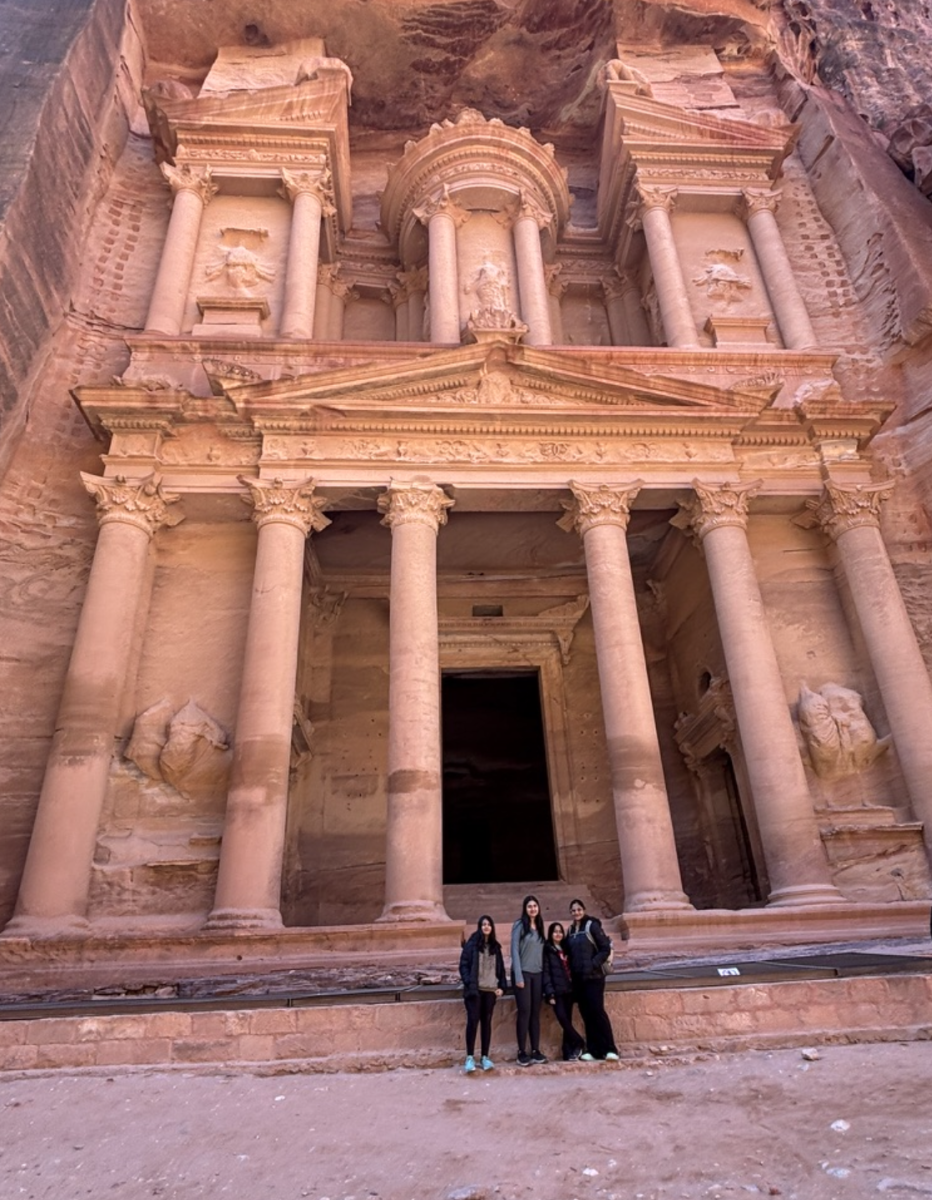
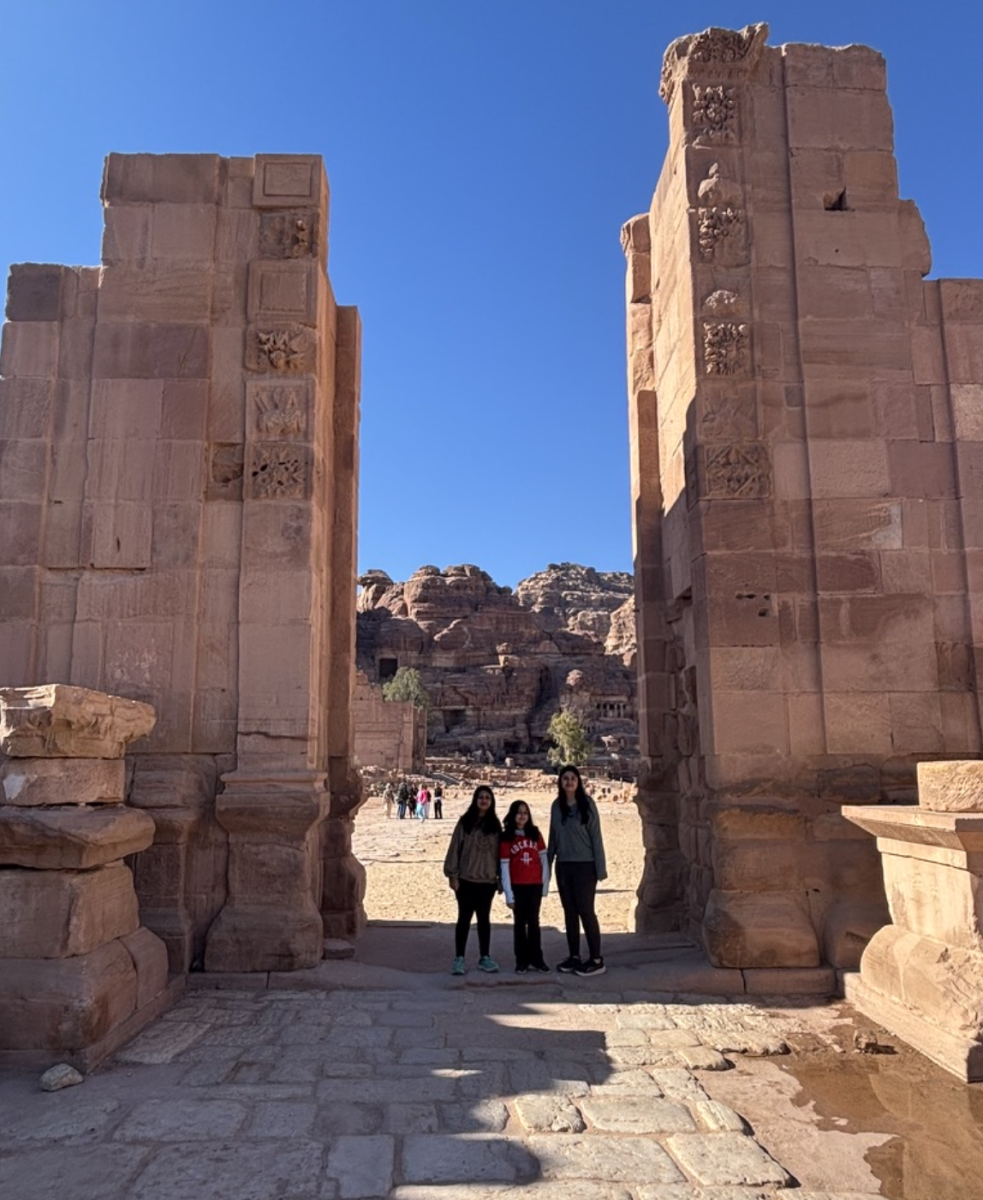
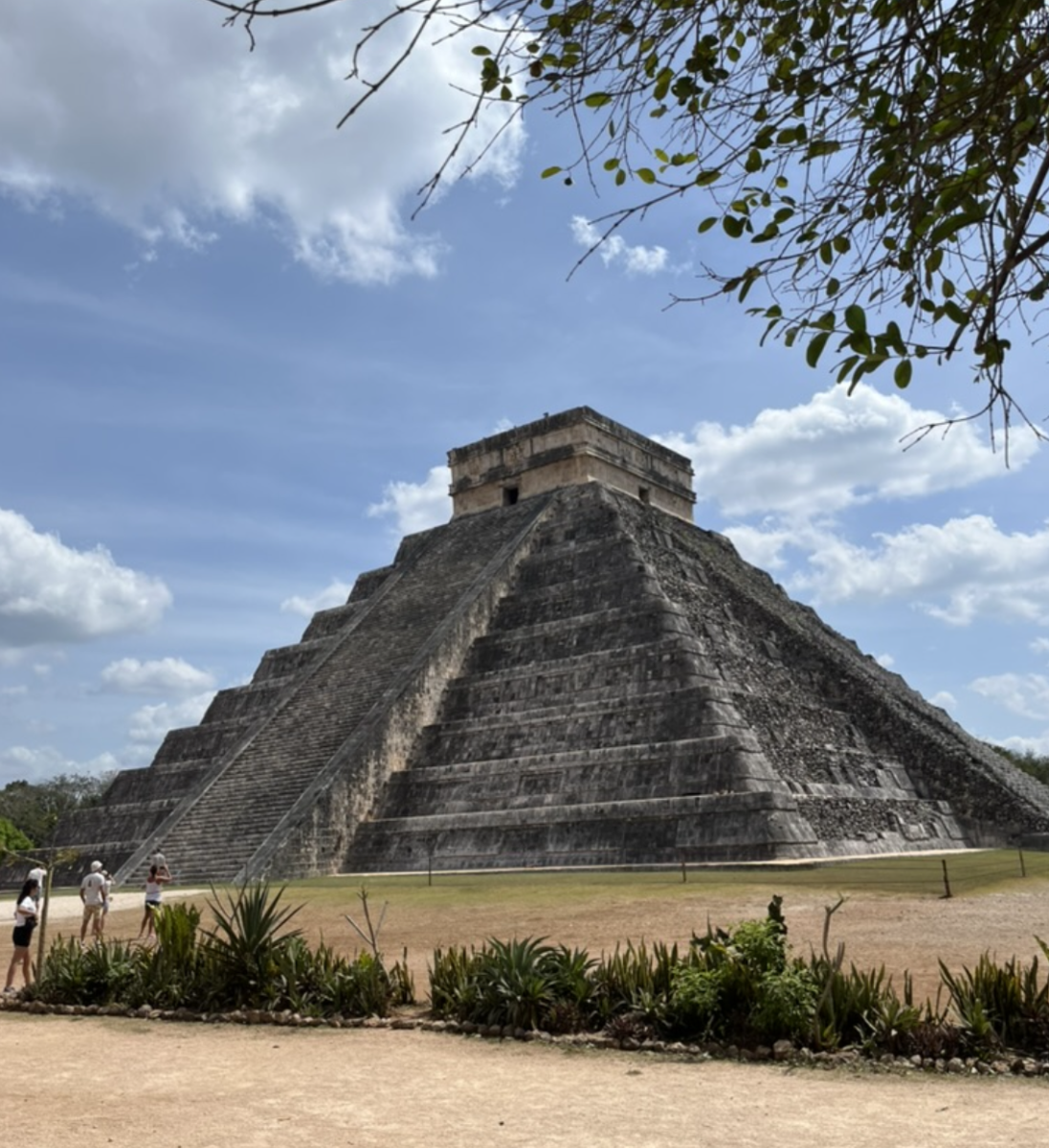
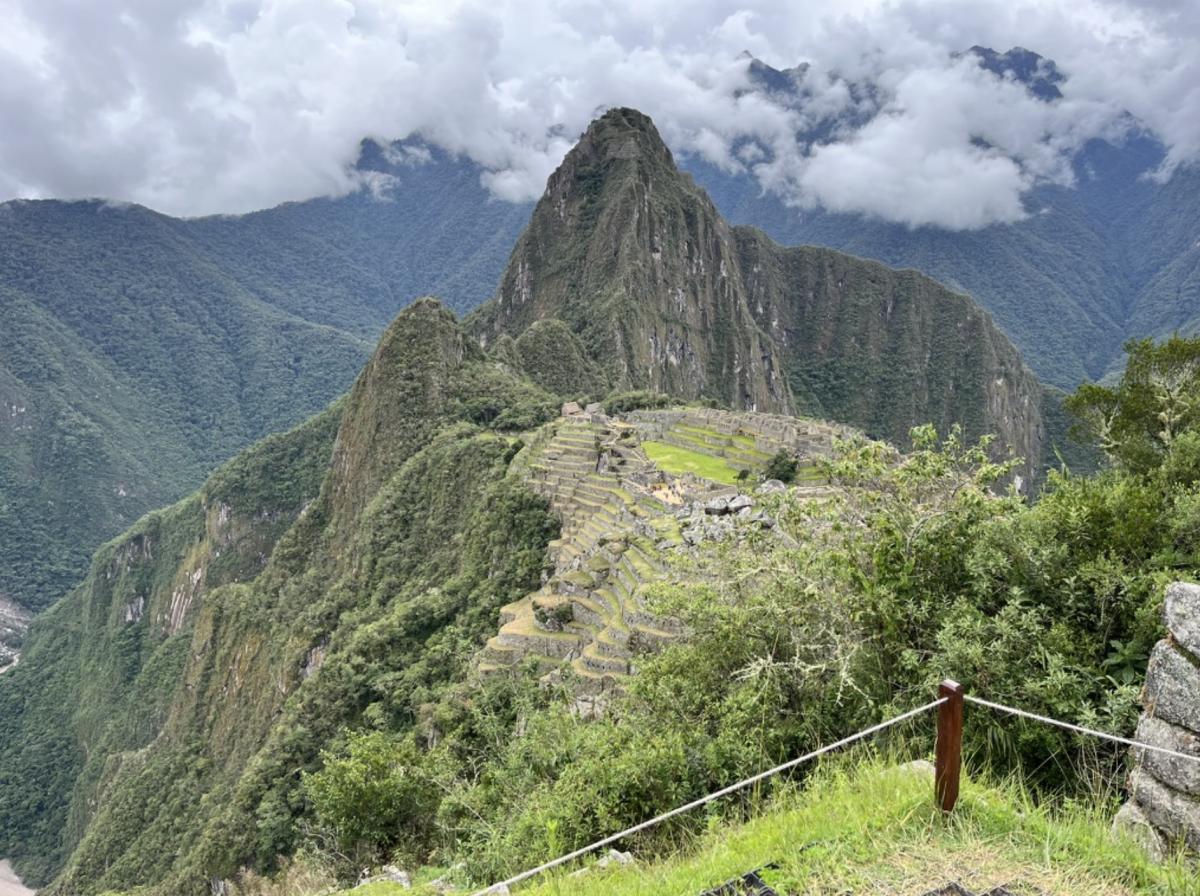


![Band director Bill Waltemath tears up as he congratulates his students on Thursday. “I feel like [it’s] prestigious enough that I get to be a part of something so big and so important, especially to our band director,” junior and clarinet player Valeria Flores said.](https://threepennypress.org/wp-content/uploads/2025/04/VqzruJUXuS0bli6Bbl8eJA9K0BT7JNBgPGL1nLvg-1200x800.jpg)




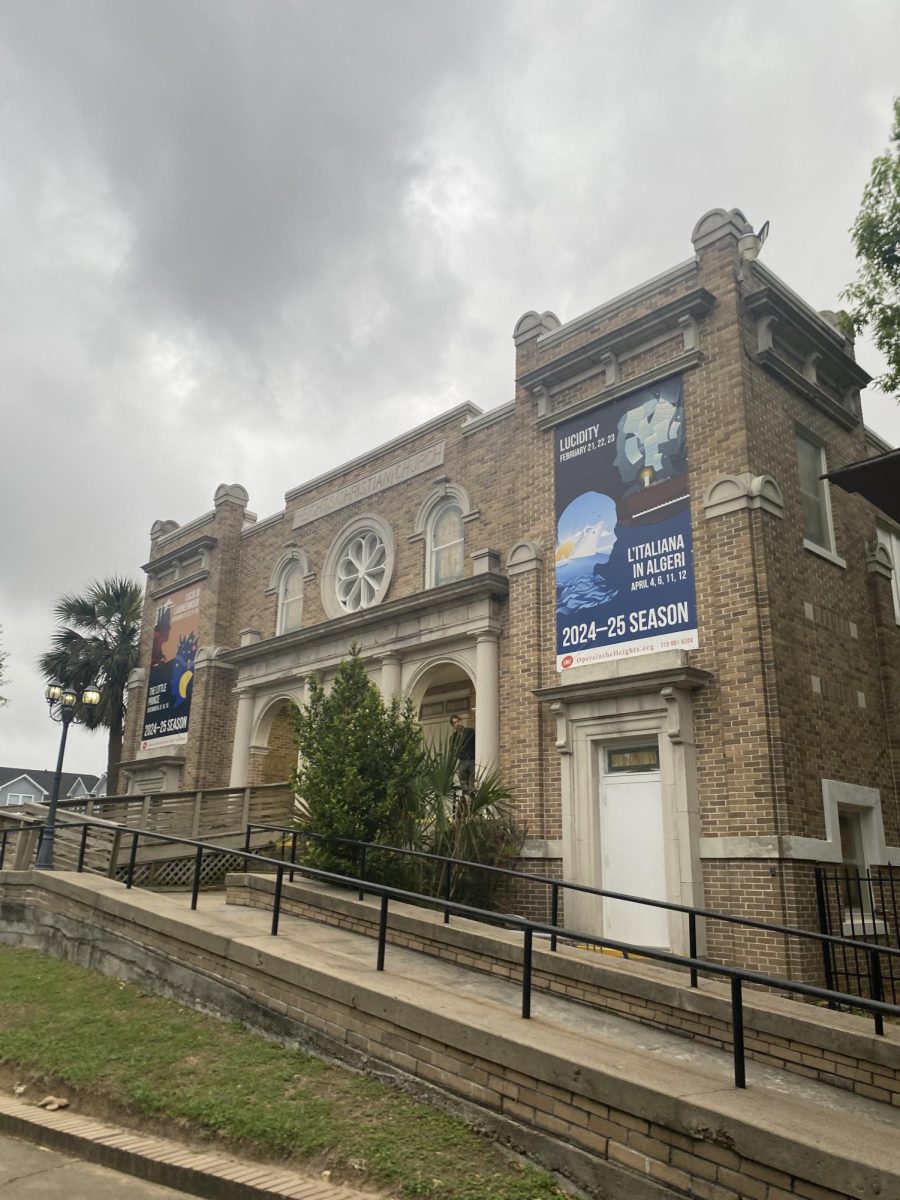
Joy X • May 5, 2025 at 2:36 pm
I love your writing Alia! It’s so engaging, and Petra is definitely going on my bucket list.